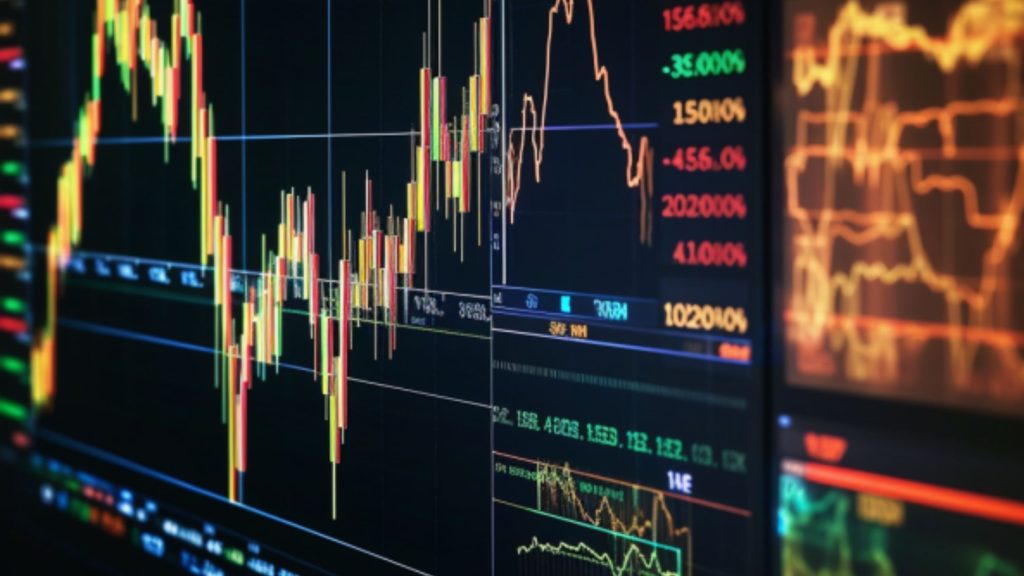In the fast-paced world of forex trading, technical analysis is a powerful tool used by traders to make informed decisions and enhance their trading strategies. By analyzing historical price data, chart patterns, and various indicators, technical analysis aims to forecast future price movements. In this comprehensive guide, we will delve into the basics of technical analysis, explore charting tools and techniques, discuss key technical indicators, and understand how to integrate technical analysis into your forex trading strategy.
Understanding the Basics of Technical Analysis
The foundation of technical analysis
Technical analysis is based on the principle that historical price movements and patterns can provide insights into future price movements. It operates under the assumption that market participants repeat certain behaviors, resulting in recurring price patterns. By analyzing these patterns, traders can identify potential entry and exit points for their trades.
The importance of price, volume, and time
Technical analysis considers three key elements: price, volume, and time. Price reflects market sentiment and the interaction between buyers and sellers. Volume measures the number of shares or contracts traded and indicates the strength of price movements. Time helps identify the duration of price patterns and the significance of price levels over different time frames.
Charting Tools and Techniques for Forex Technical Analysis
Candlestick charts and patterns
Candlestick charts are widely used in technical analysis due to their ability to present price information in an easily understandable visual format. Candlestick patterns, such as doji, engulfing, and hammer, offer insights into potential trend reversals, market indecision, and price continuation. By analyzing these patterns, traders can gain valuable information about market sentiment and make more informed trading decisions.

Support and resistance levels
Support and resistance levels are significant price levels that act as barriers for price movements. Support levels prevent prices from falling further, while resistance levels restrict upward price movements. These levels are identified by analyzing historical price data and can help traders determine entry and exit points, as well as potential profit targets and stop-loss levels.
Moving averages and trend lines
Moving averages smooth out price data over a specified period, providing a clearer view of the underlying trend. Traders commonly use simple moving averages (SMA) or exponential moving averages (EMA) to identify trend direction and potential support or resistance levels. Trend lines, on the other hand, are drawn to connect significant swing highs or lows and help traders visualize the direction of the trend. They provide valuable information on potential trend reversals or continuation.

Key Technical Indicators for Forex Trading
Oscillators: RSI, Stochastic, and MACD
Oscillators are popular technical indicators that help traders identify overbought or oversold conditions in the market, indicating potential trend reversals. The Relative Strength Index (RSI), Stochastic Oscillator, and Moving Average Convergence Divergence (MACD) are commonly used oscillators in forex trading. These indicators offer insights into market momentum, trend strength, and potential entry or exit points.
Bollinger Bands and other volatility indicators
Volatility indicators, such as Bollinger Bands, Average True Range (ATR), and Standard Deviation, provide information about market volatility and potential price breakouts. Bollinger Bands consist of a central moving average line and two outer bands that represent standard deviations. They dynamically adjust to market conditions and can help traders identify periods of low volatility and anticipate potential price expansion.
Fibonacci retracement and extension levels
Fibonacci retracement and extension levels are based on the Fibonacci sequence, a mathematical concept that traders apply to identify potential support and resistance levels. These levels help traders determine price retracement areas and project potential price extension levels. By drawing Fibonacci retracement levels on a chart, traders can identify areas where price may pull back before continuing in the direction of the trend. Fibonacci extension levels, on the other hand, indicate potential areas where price may reach after a strong move. These levels can assist traders in setting profit targets or identifying areas of potential trend reversal.
Integrating Technical Analysis into Your Forex Trading Strategy
Combining technical analysis with fundamental analysis
While technical analysis focuses on price movements and patterns, fundamental analysis examines economic, political, and social factors that can impact currency values. Combining both approaches can provide a more comprehensive understanding of the market and enhance trading decisions. Fundamental analysis can help identify potential catalysts for price movements, while technical analysis provides timing and entry/exit points for executing trades.
Developing a consistent approach to technical analysis
To effectively integrate technical analysis into your trading strategy, it is important to develop a consistent approach. This involves defining your trading goals, selecting the most suitable technical indicators and tools, and establishing clear rules for entry and exit criteria. Consistency in analysis and decision-making can help traders minimize emotional biases and maintain a disciplined approach to trading.
Continuous learning and improvement
Technical analysis is a skill that requires continuous learning and improvement. As market conditions evolve, new patterns and indicators may emerge. It is important for traders to stay updated with the latest developments in technical analysis, experiment with different strategies, and analyze the effectiveness of their approaches. Continuous learning helps traders refine their skills and adapt to changing market dynamics.
Technical analysis is a powerful tool in forex trading that can provide valuable insights into market trends, entry and exit points, and potential price movements. By understanding the basics of technical analysis, utilizing charting tools and techniques, and incorporating key technical indicators, traders can enhance their decision-making process and improve their trading strategies. Integrating technical analysis with fundamental analysis, maintaining consistency, and engaging in continuous learning can further contribute to success in forex trading. Remember, it is essential to practice and test different strategies in a demo trading environment before applying them to live trading accounts.




